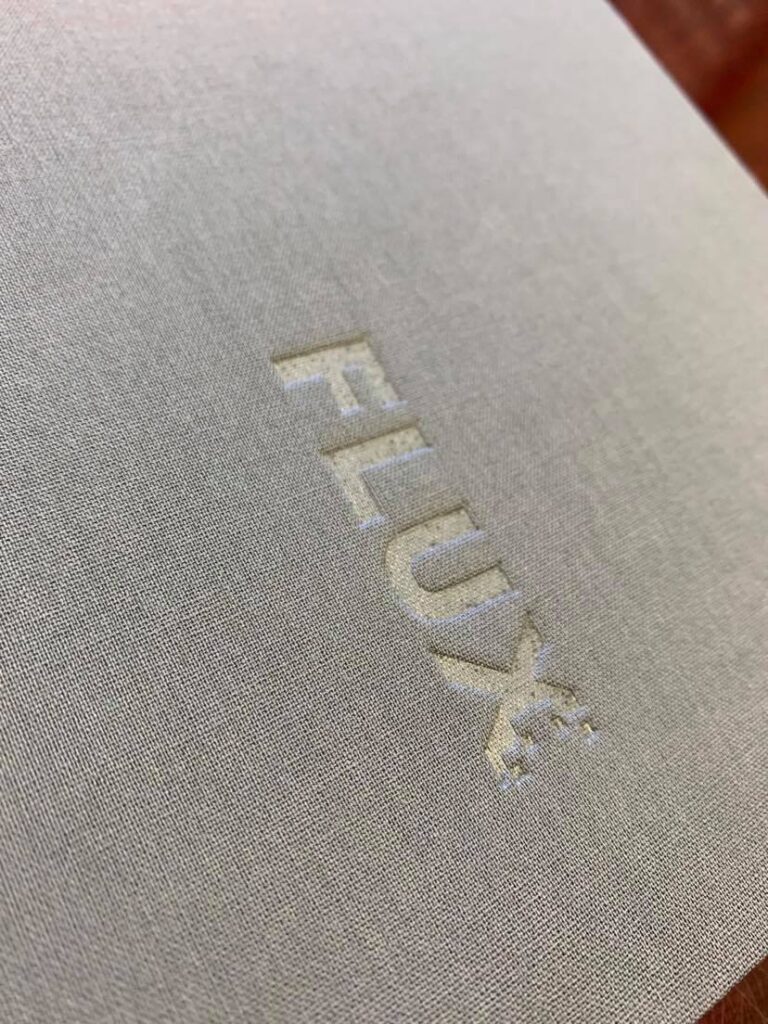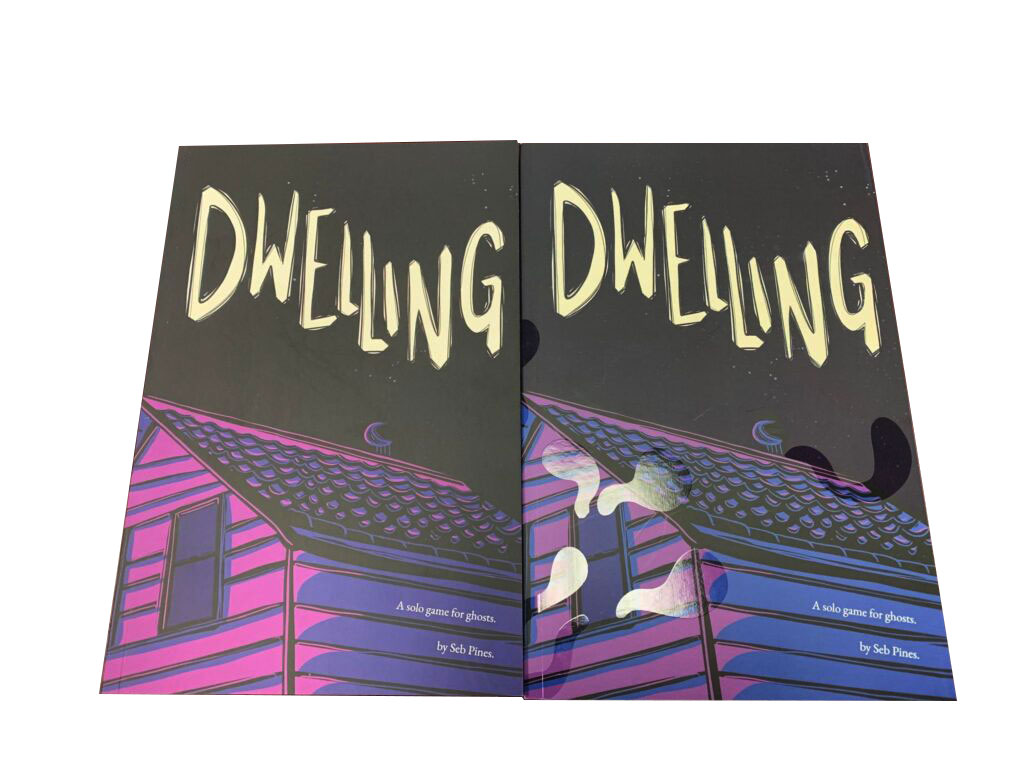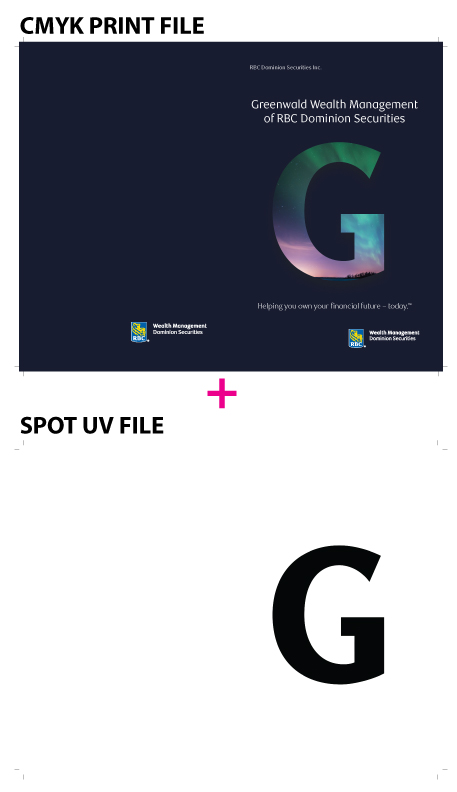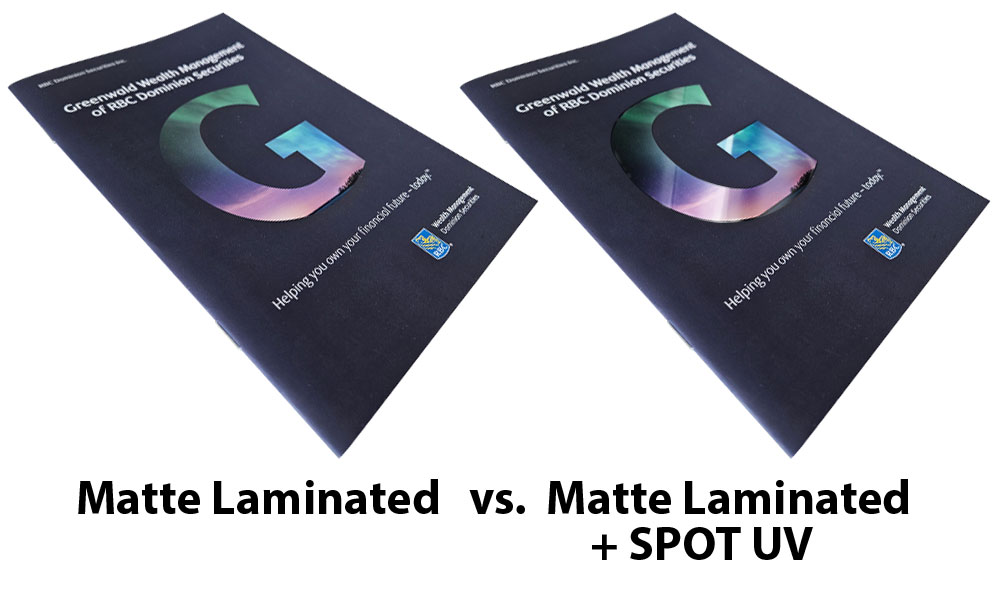When it comes to book printing, every detail matters, especially when incorporating techniques like Spot UV, Debossing, and Embossing. Let’s explore the intricacies of these cover finishings, begin with the essential steps of setting up the files.
Setting up the Files for Spot UV, Debossing, and Embossing
To get started, it’s crucial to prepare the print-ready artwork for the book cover. The single-page PDF cover spread artwork should encompass the front, back, and spine of the cover into one spread. There’s no need to remove any printed content for spot UV, debossing, or embossing and should be left as is.

Quick Note: It’s important to note that debossing creates a stamp-down effect, while embossing yields a raised effect on the paper stock. For spot UV, it is a clear and translucent glossy layer that goes on top of the artwork. All of those finishings use the same method of file preparation as described below.

Setting up the files correctly involve creating two separate PDF cover files: one CMYK Printed File with the full artwork including either the spot UV, debossing, or embossing elements integrated, and another Spot UV/Deboss/Emboss File with the same dimension as the CMYK Printed file in vector format, filled with 100% solid black (100% K), indicating precisely or exactly where the treatments will be placed. You will only need this if you are wanting to add the effect on the printed artwork; if you are doing cloth or leather then we only need the Vector format file.

By setting up the file correctly, we guarantee a clean and professional finish to the cover.
Finish Product
After the CMYK Printed File is printed, cover will move to another machine for either spot UV, debossing, or embossing to apply the desired effects. These treatments enhance the cover by adding texture, shine, and depth to specific areas of the design.

By carefully setting up the files and executing the treatment process with precision, we ensure that each book cover is a masterpiece that captivates readers and leaves a lasting impression. If you want to learn more about setting up foil stamping covers, click the link here to get started!







